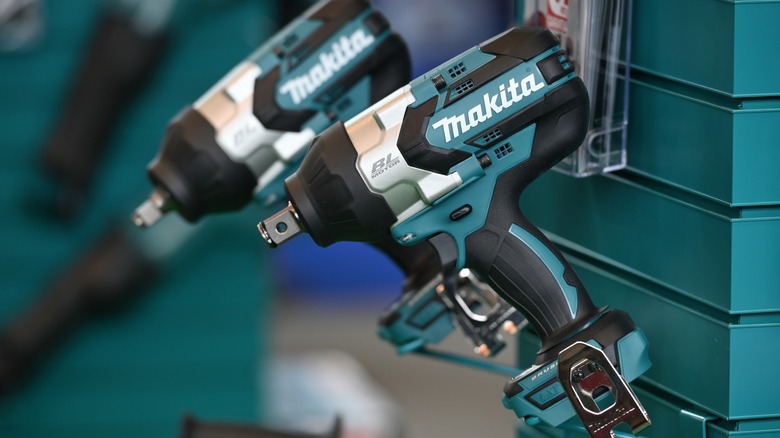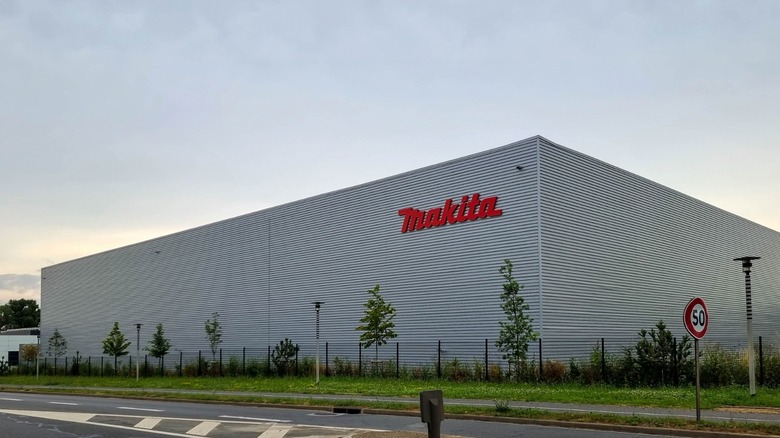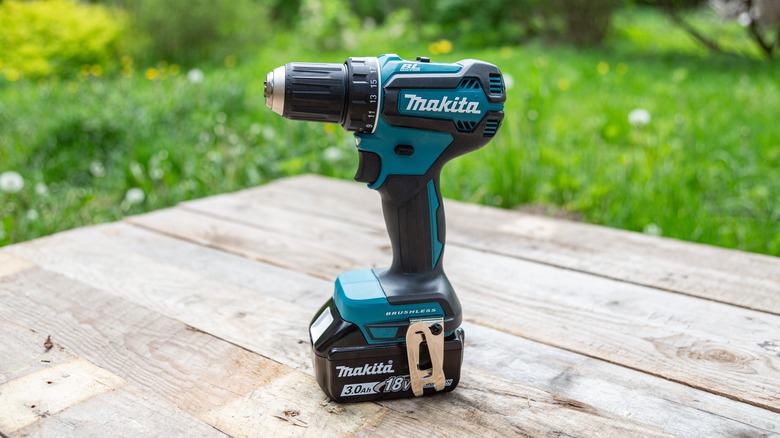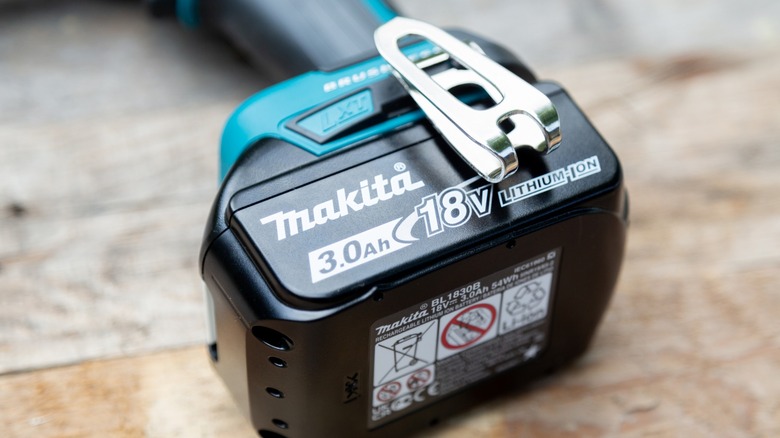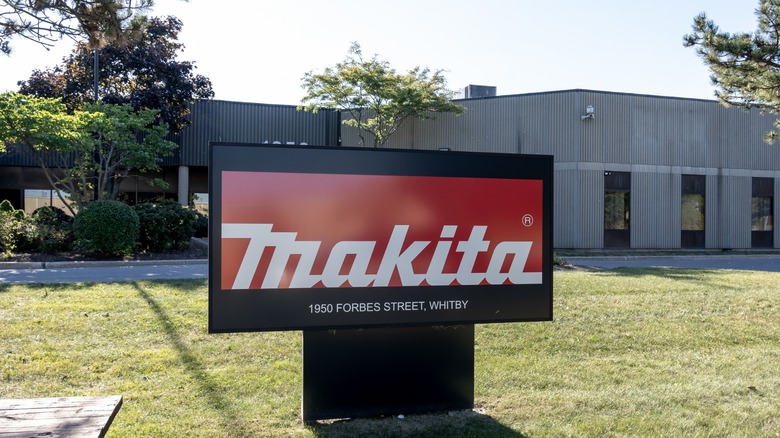Where Are Makita Power Tools Built?
In our global economy, figuring out what company owns what and where your favorite brands are created can be more difficult than you'd think. With the rise of complex supply chains, it's easier than ever to manufacture products in a foreign country. Makita, originating from Japan, is a power tool company that started all the way back in 1915 and is well-known among home improvement specialists for offering a solid range of durable, quality options. That said, it's also a huge multi-national brand that has significantly expanded over the years. Today, Makita has business bases in 50 different countries and can be found in over a hundred nations. The company makes a wide range of power tools, including drills/drivers, angle grinders, outdoor power tools and equipment, circular saws, and more.
In order to track down where Makita power tools are built, it's necessary to understand how the manufacturing of complex machinery — like power tools — typically works. As it turns out, it's usually more of a global effort, and the location of the manufacturer matters much less than it may have in earlier decades.
Makita has factories all over the world
Makita is truly an international company and operates 10 factories worldwide in Japan, China, Romania, Thailand, Brazil, Germany, the United States, and the United Kingdom. Around 90% of all the company's tools are produced outside of Japan, though they continue to maintain their Okazaki Plant, originally established in 1970.
Though Makita is a Japanese company at heart, the nature of the global economy makes its manufacturing origins complex. Each of the brand's power tools receives components and parts manufactured from various places, which are then shipped to assembly factories worldwide. The origin of the tool's manufacturing is largely determined by where it's purchased, but it's important to note that Makita has two "Mother Plants" — one located in Jiangsu, China, and the other is their Okazaki Plant. While the Japanese factory mainly works on state-of-the-art production enhancements like improved robotics technology, the Chinese plant concentrates on mass-production efficiency and is responsible for handling more than 60% of Makita's production.
Regionality matters
Like all Makita tools found in the 180 countries in which they are sold, the specific manufacturer's source of origin will come down to which tool you purchase and where you purchase it. For instance, many Makita tools in Europe are manufactured in its Hortonwood, Telford plant in the U.K. Production of Makita brand tools from the U.K. plant started in May 1991, and it manufactures around 1.1 million tools per year, the majority of which are sold in Europe and the U.K.
In the United States, the regional manufacturing plant is located in Buford, Georgia, under the Makita Corporation of America. There are also three warehouse and distribution facilities in Georgia, Nevada, and Texas, all of which contain training centers for dealers and contractors. As indicated by Makita, a majority of the brand's tools are produced out of the Chinese factory, so many products found in American retail and home improvement chains are made in China.
There's one easy way to know where your tools are made
The American Federal Trade Commission (FTC) has fairly strong restrictions when it comes to labeling, and country of origin or "Made In" tags are certainly something they've given some attention to. In America, to qualify for a "Made in the USA" tag, "all or virtually all" of the labor and materials used to create the product must be domestic. Because of the way Makita's supply chain works, it would be very hard for many of its power tools to achieve such a designation.
That said, there's certainly a more sure-fire way to ensure that your tools are made in whatever country of origin you want, and that's to look at the tag on the tool or the box that it came in. There should be English text indicating where the product was manufactured.
If you're looking for a Makita-brand tool manufactured from a specific place — like Japan, for instance — it's possible to find those second-hand on sites like eBay. Of course, that comes with the same risks and caveats that come with buying anything from an unlicensed seller.
Does it matter where your tools are built?
The claim that products or tools made in China or other foreign nations are of low or inferior quality is a blanket statement that likely stems from a variety of misconceptions. Today, a vast array of high-tech, high-quality products are made in factories across the world. A more reliable method to determine the quality of products is to stick with reliable brands that have generally high customer satisfaction. In the case of Makita power tools, they are a well-known brand with generally high customer ratings across vendors for their wide array of tools. Whether you buy your Makita tools from China, Japan, the U.S., or the U.K., there's a decent chance you won't be disappointed with the purchase.
If you decide not to buy Makita because you want to support American manufacturing, Stanley Black & Decker — the same company that owns Craftsman, Lenox, Irwin, and Bostitch tool companies — is an American brand. That said, Stanley Black & Decker also sources and manufactures tools and components from worldwide manufacturing plants, including factories in China, the U.S., the U.K., Brazil, and Mexico. This sort of supply chain complexity is nothing new for power tool companies and is just additional proof that knowing where a power tool is made has little impact on its actual quality.
